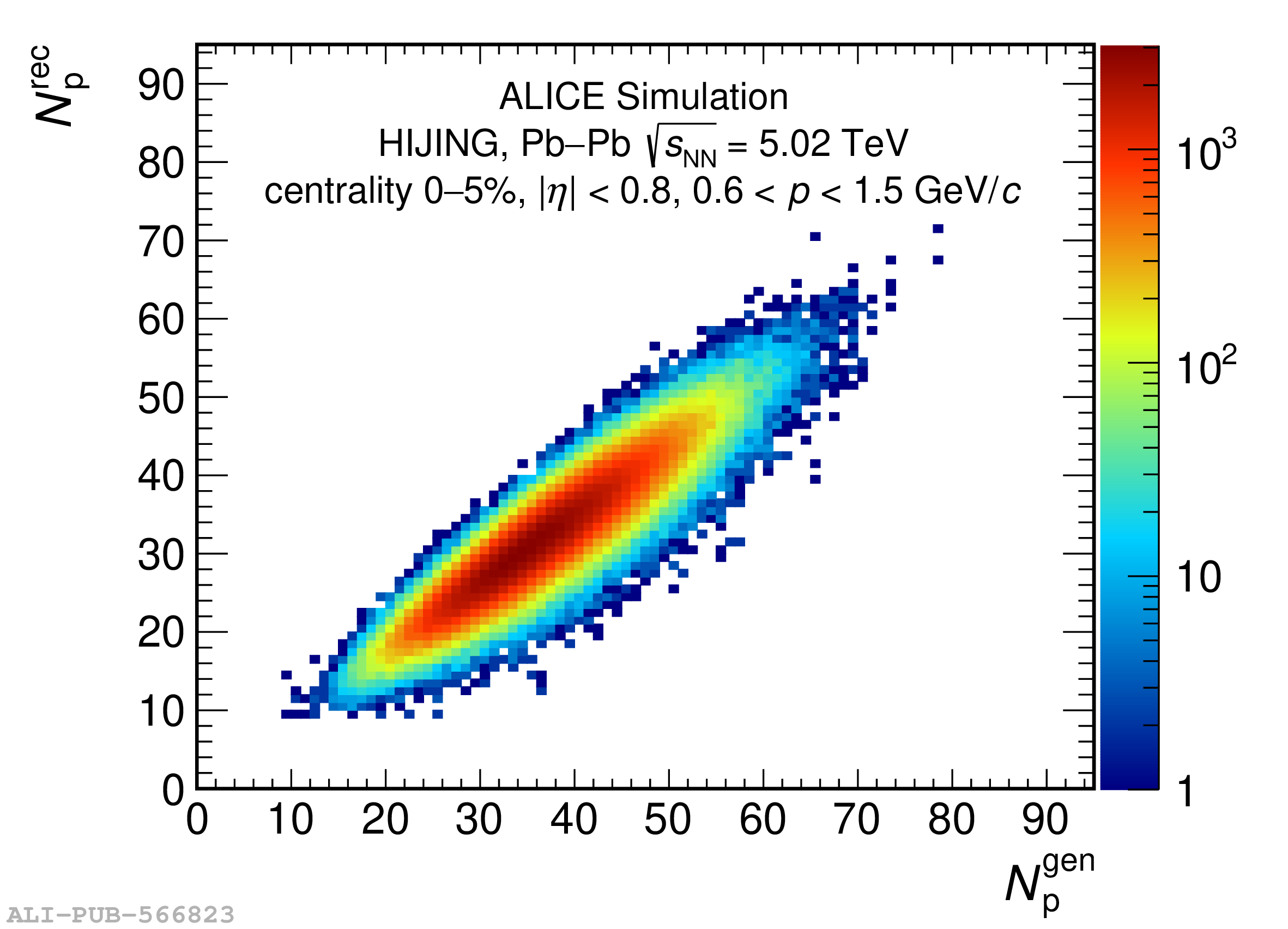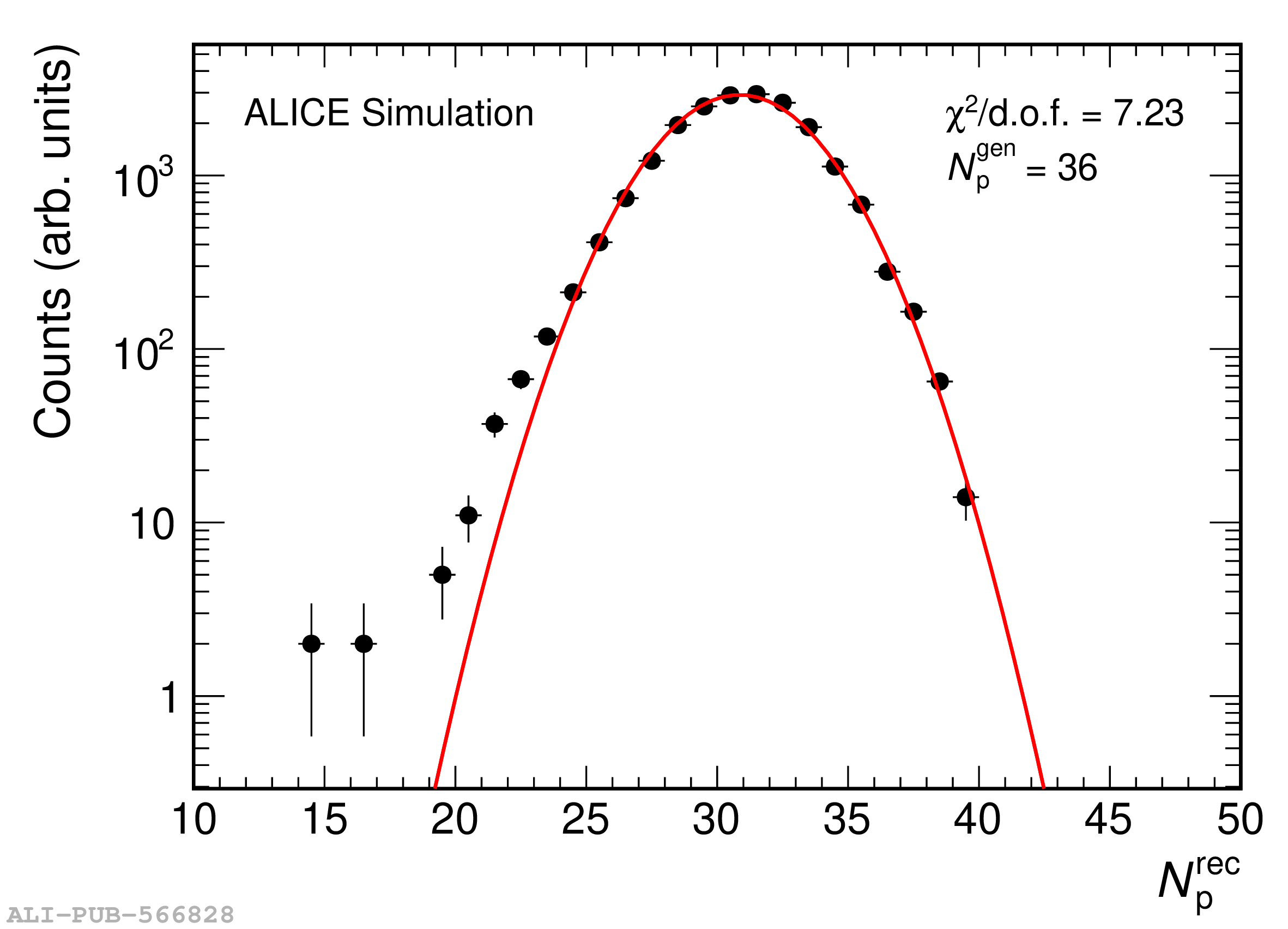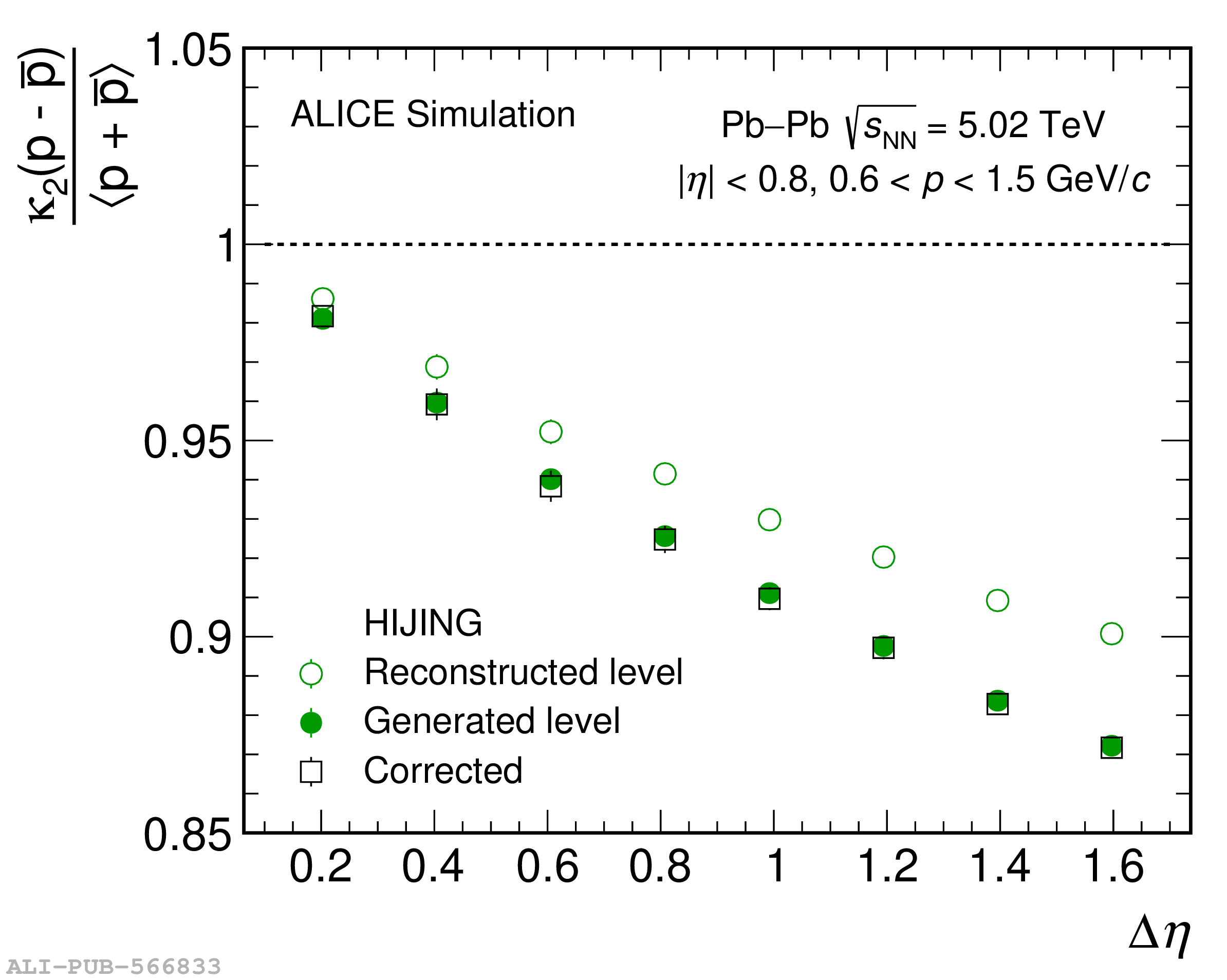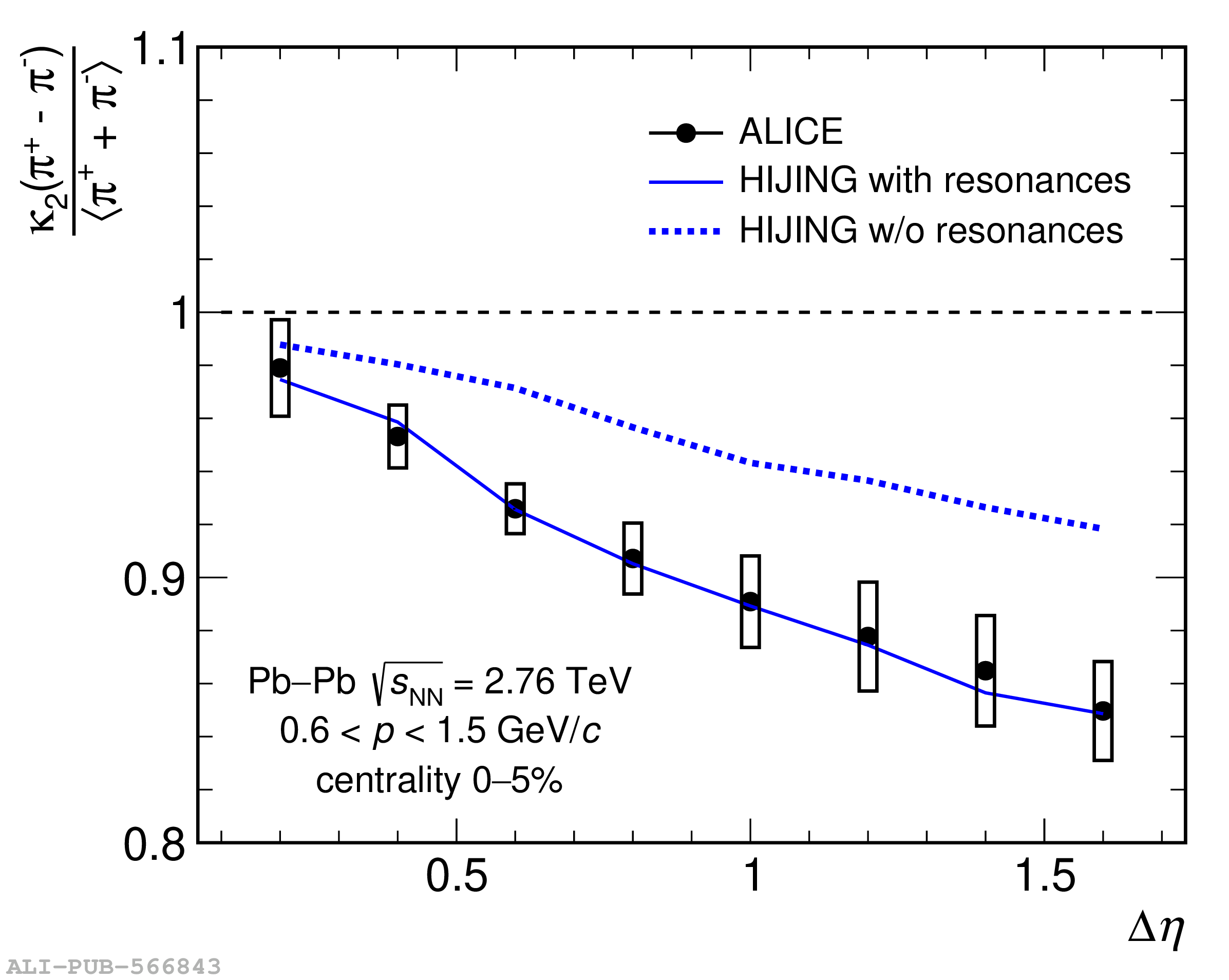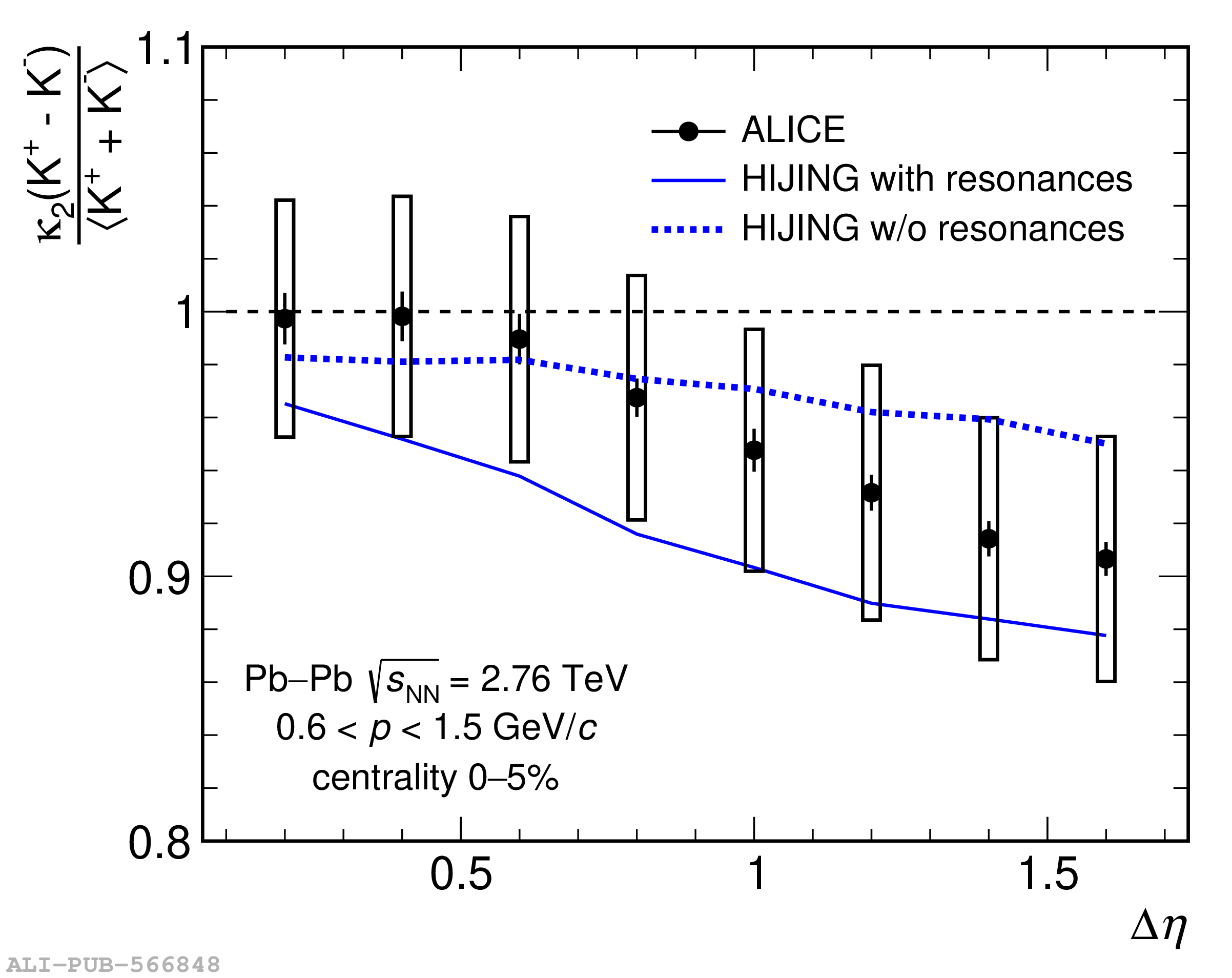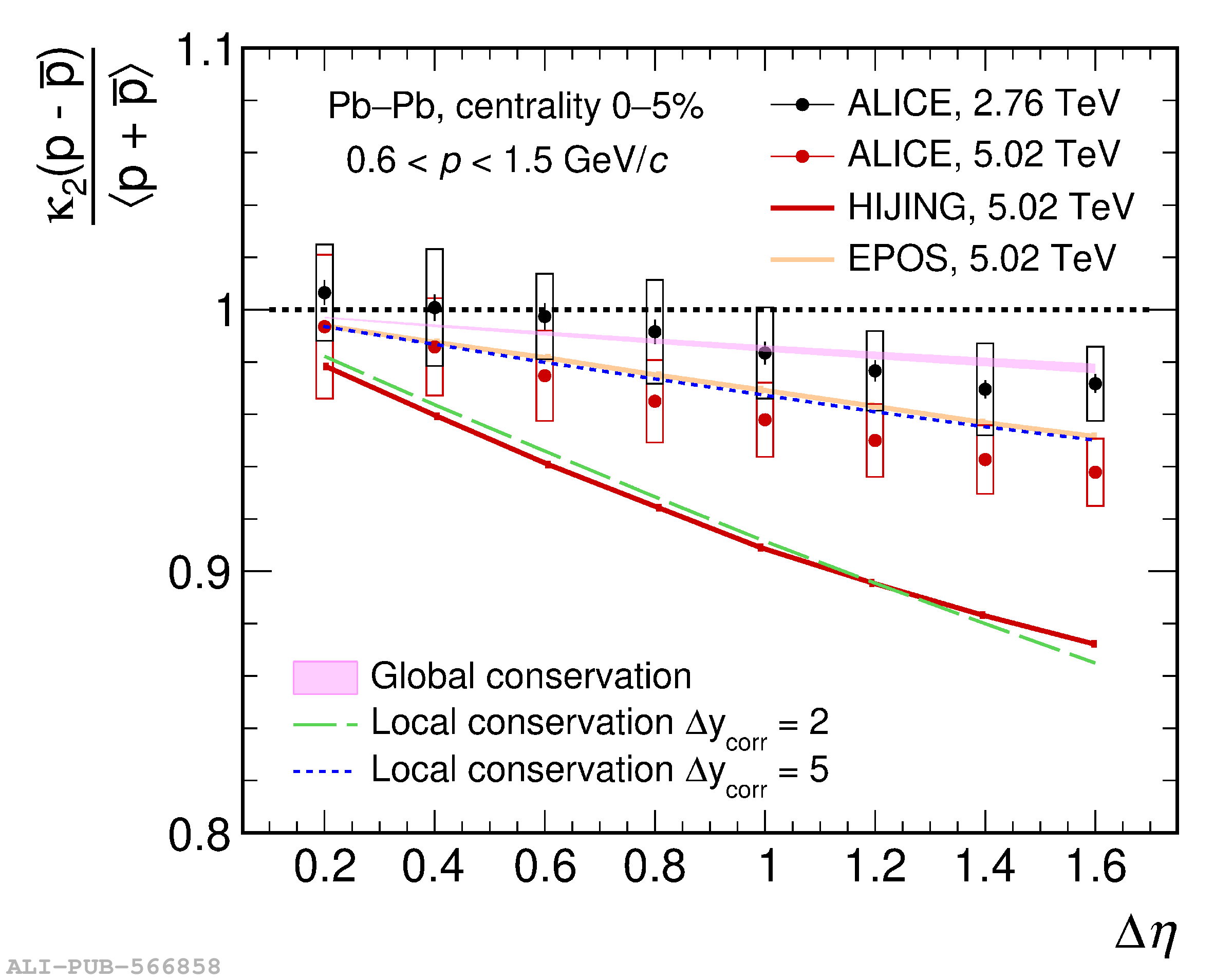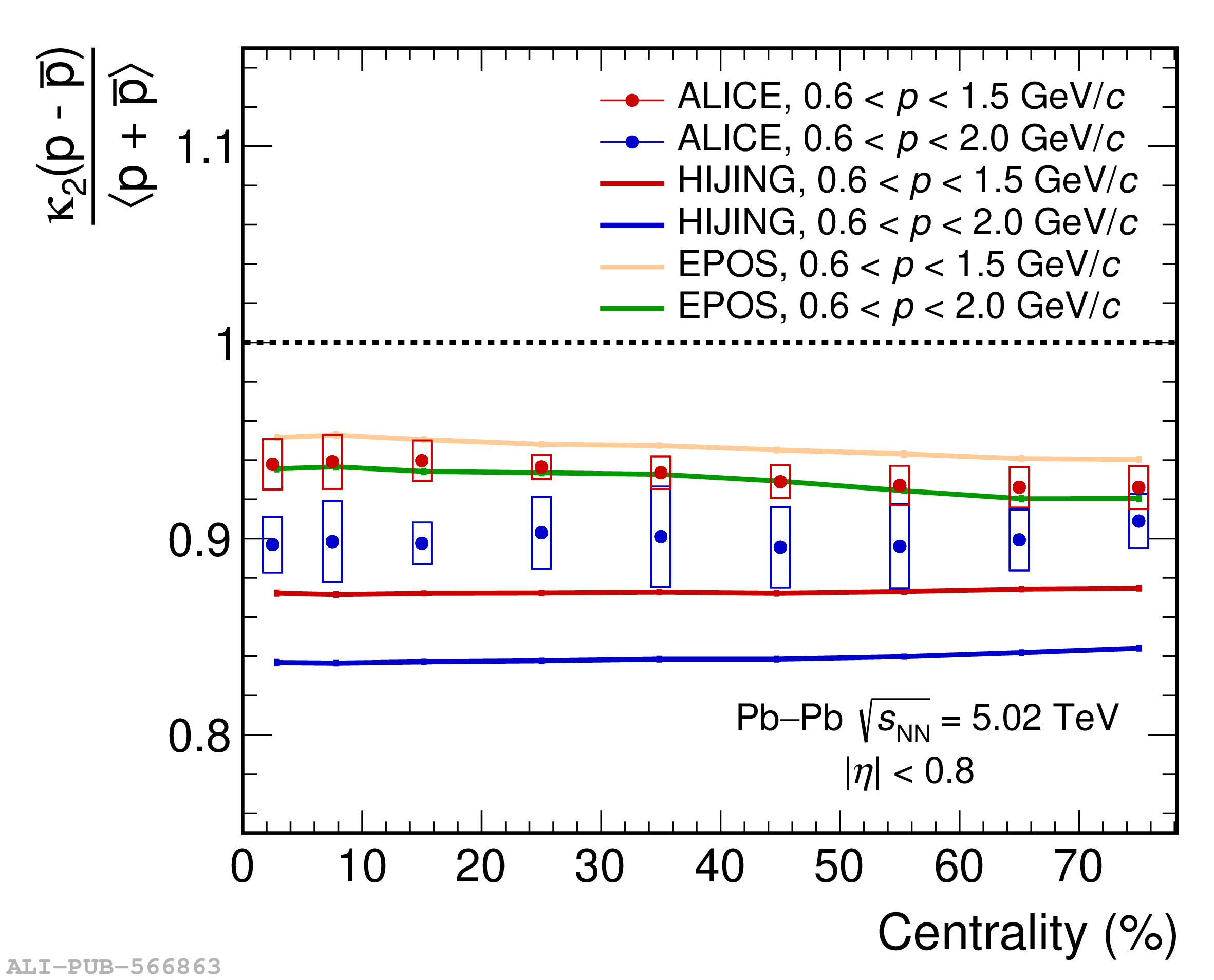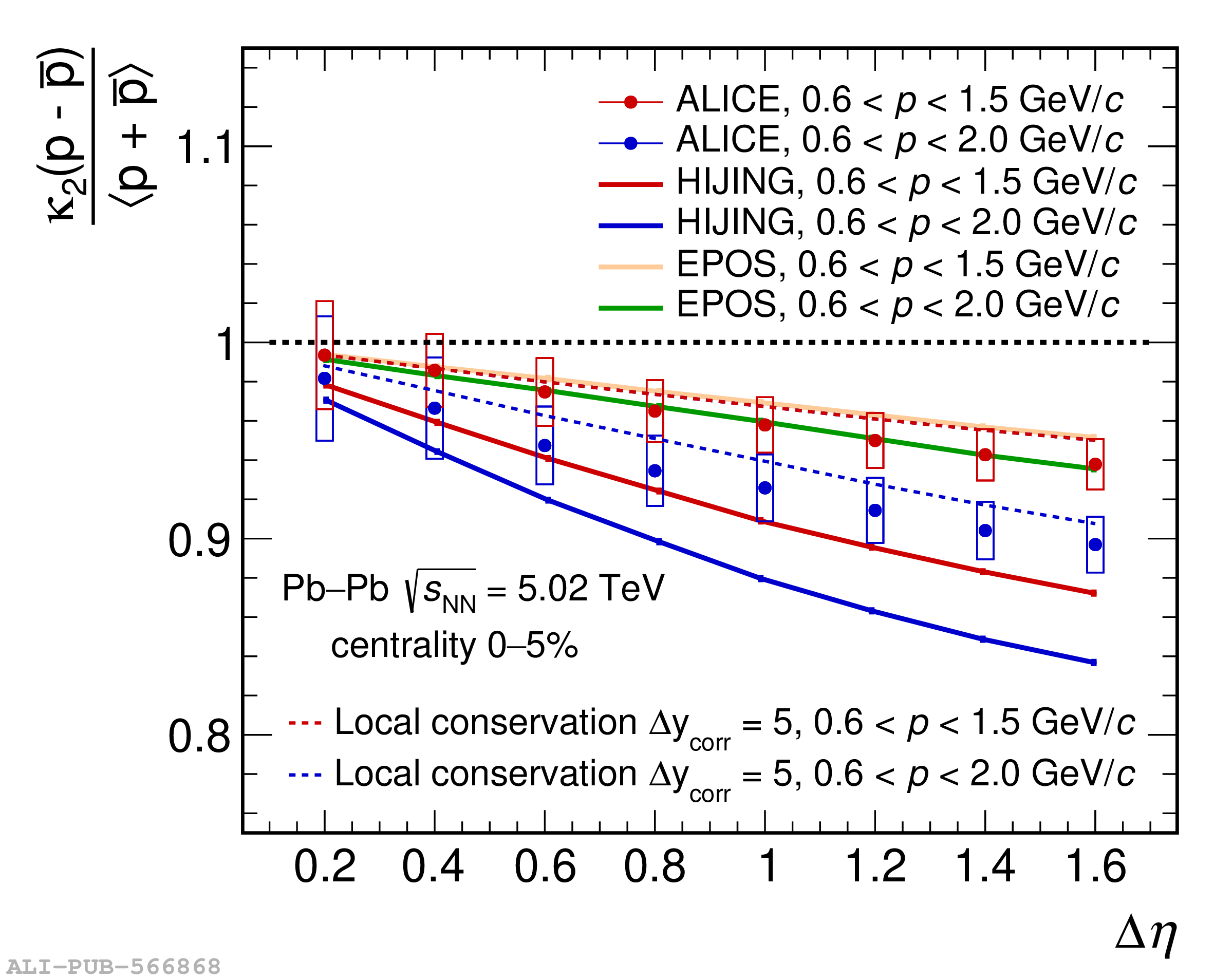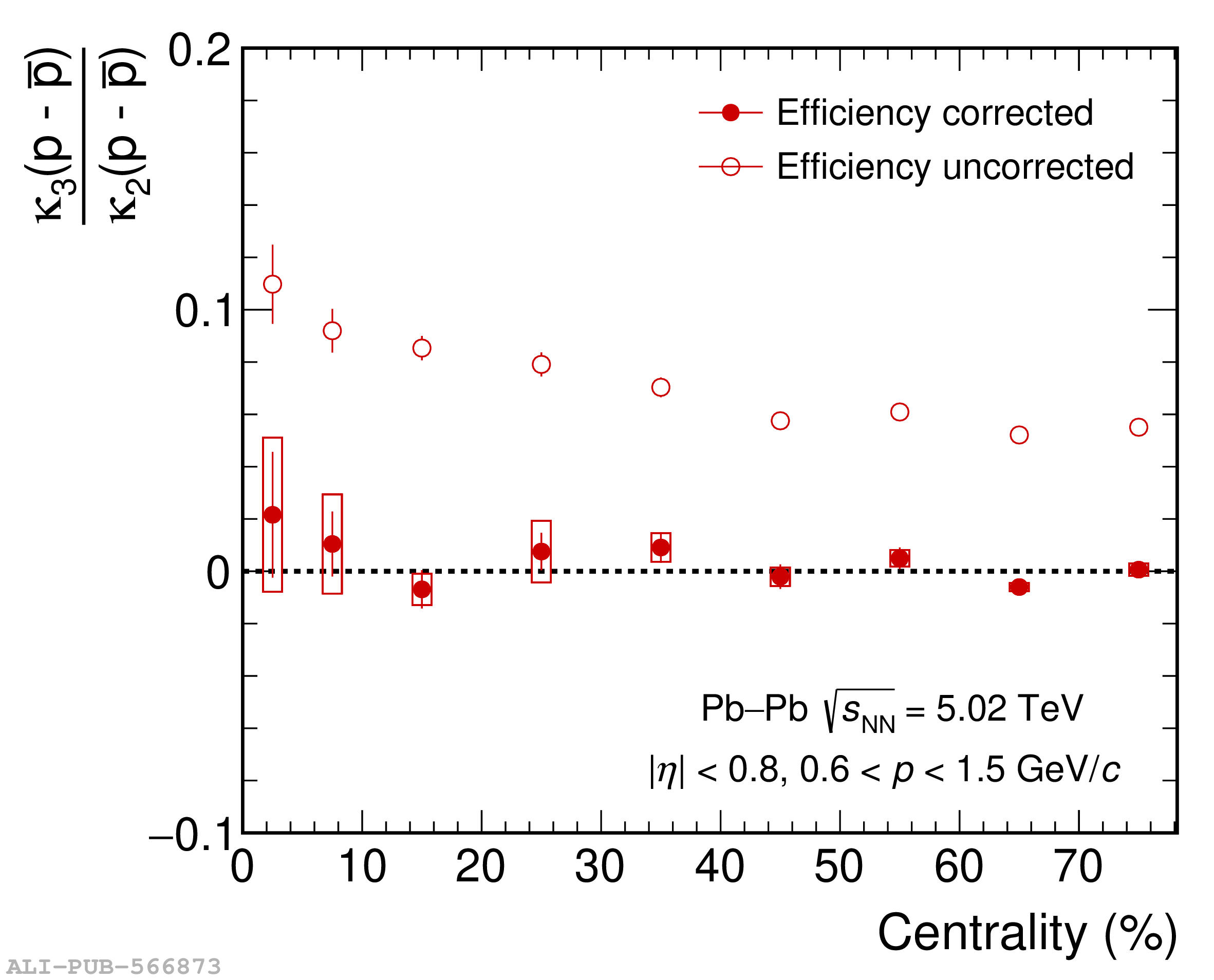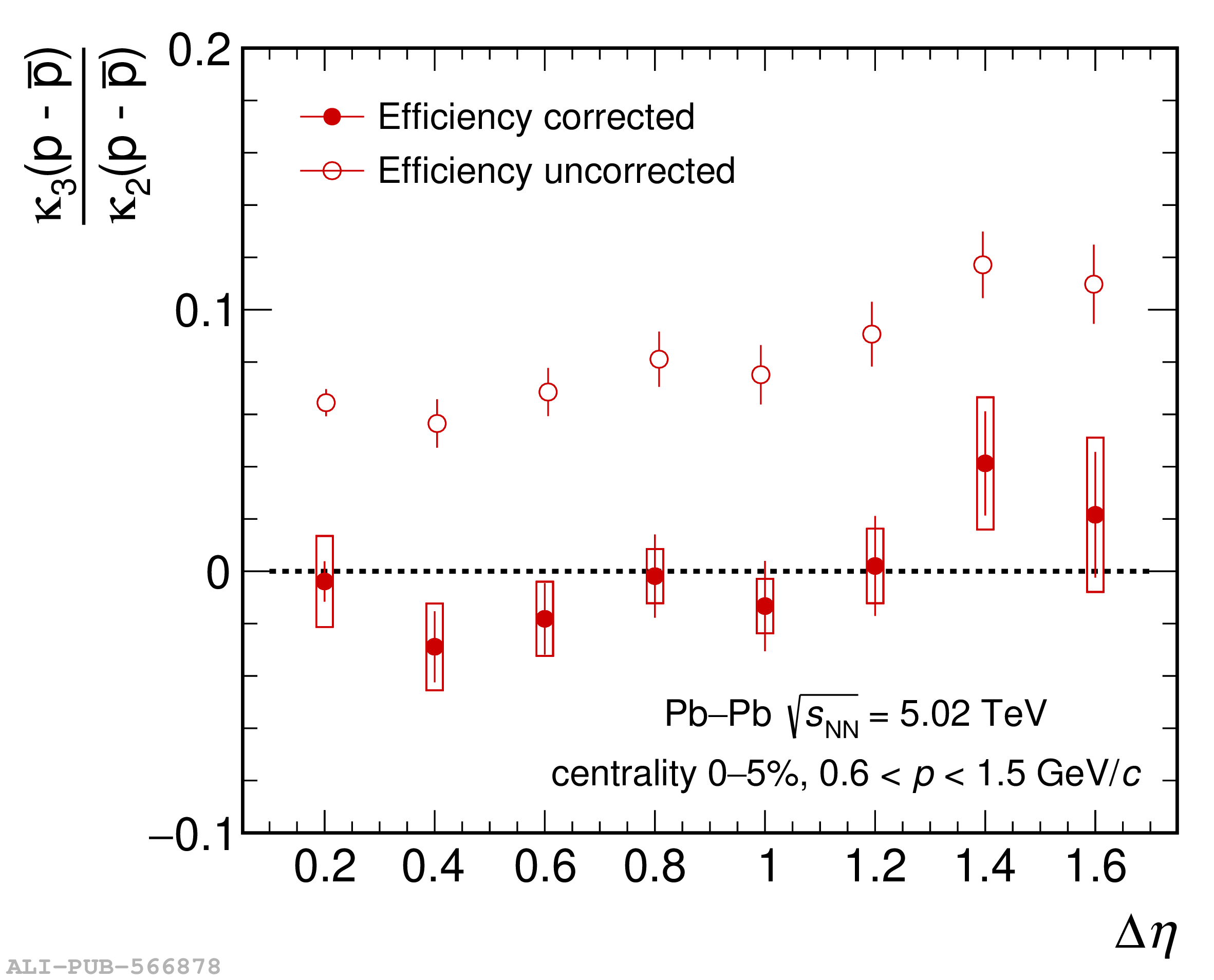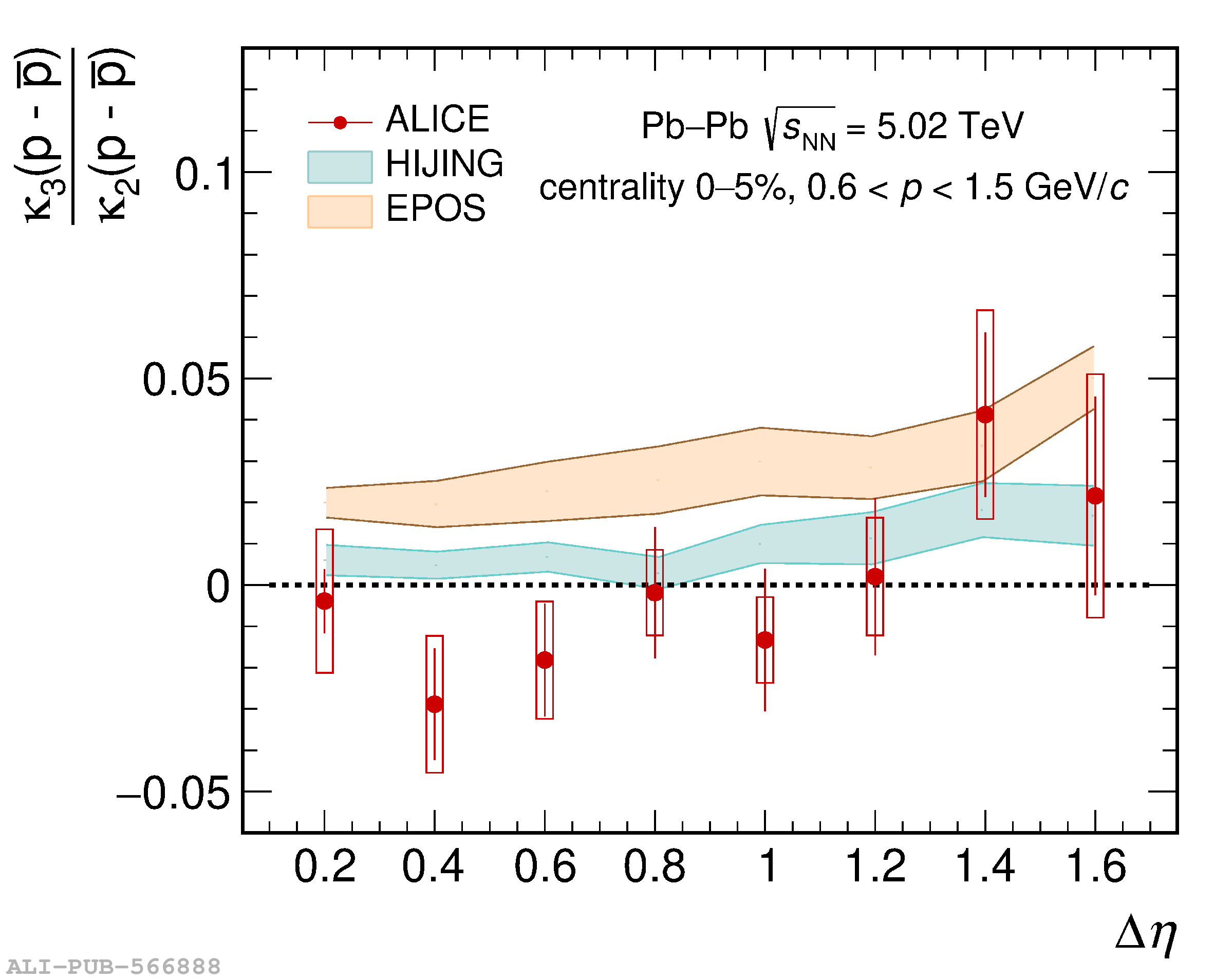Fluctuation measurements are important sources of information on the mechanism of particle production at LHC energies. This article reports the first experimental results on third-order cumulants of the net-proton distributions in Pb$-$Pb collisions at a center-of-mass energy $\sqrt{s_{\rm NN}} = 5.02$ TeV recorded by the ALICE detector. The results on the second-order cumulants of net-proton distributions at $\sqrt{s_{\rm NN}} = 2.76$ and $5.02$ TeV are also discussed in view of effects due to the global and local baryon number conservation. The results demonstrate the presence of long-range rapidity correlations between protons and antiprotons. Such correlations originate from the early phase of the collision. The experimental results are compared with HIJING and EPOS model calculations, and the dependence of the fluctuation measurements on the phase-space coverage is examined in the context of lattice quantum chromodynamics (LQCD) and hadron resonance gas (HRG) model estimations. The measured third-order cumulants are consistent with zero within experimental uncertainties of about 4% and are described well by LQCD and HRG predictions.
Phys. Lett. B 844 (2023) 137545
HEP Data
e-Print: arXiv:2206.03343 | PDF | inSPIRE
CERN-EP-2022-111
Figure group

